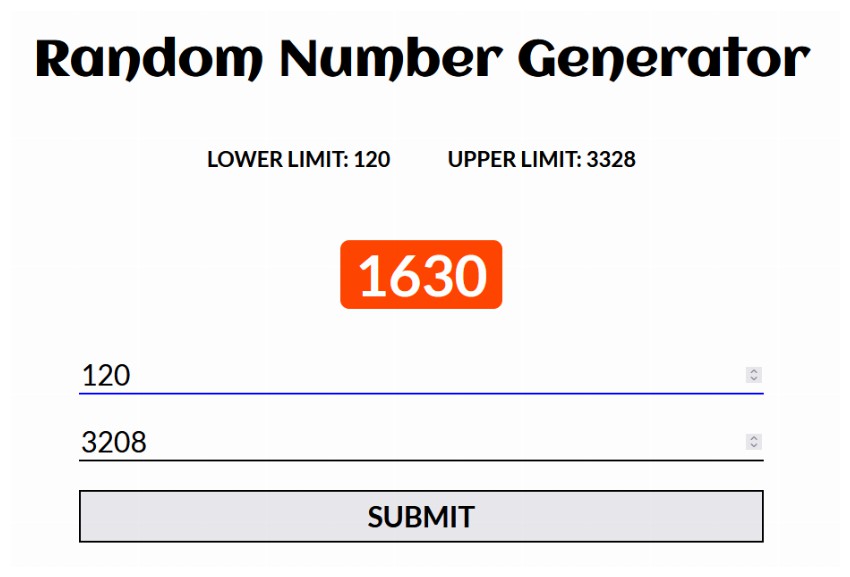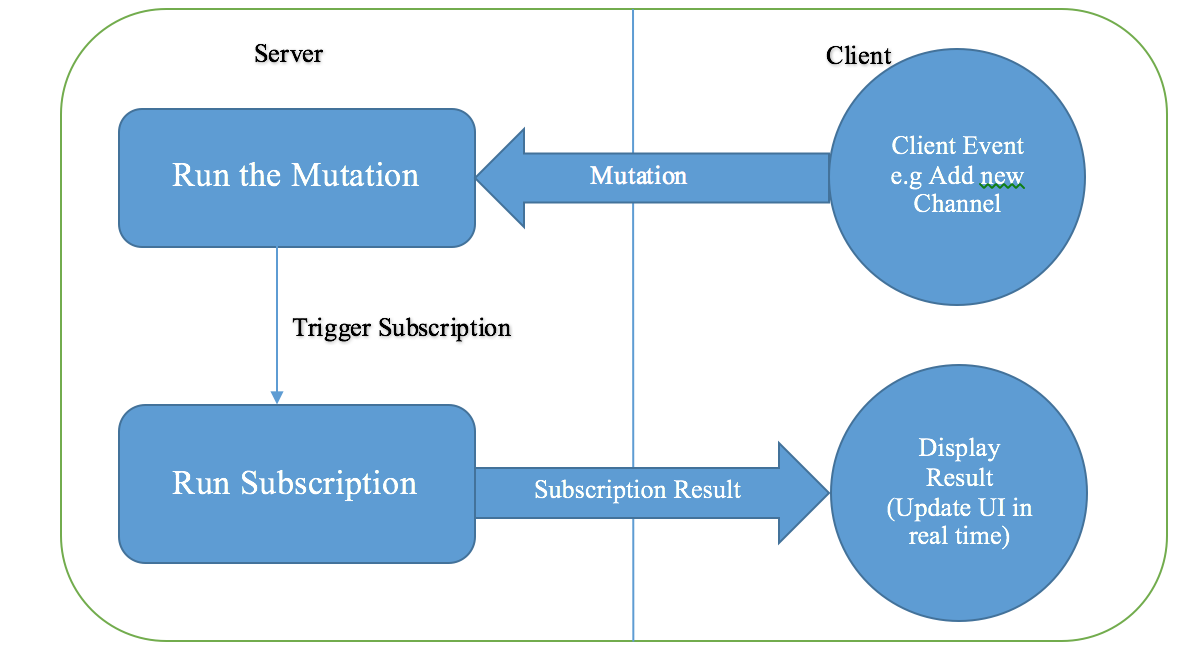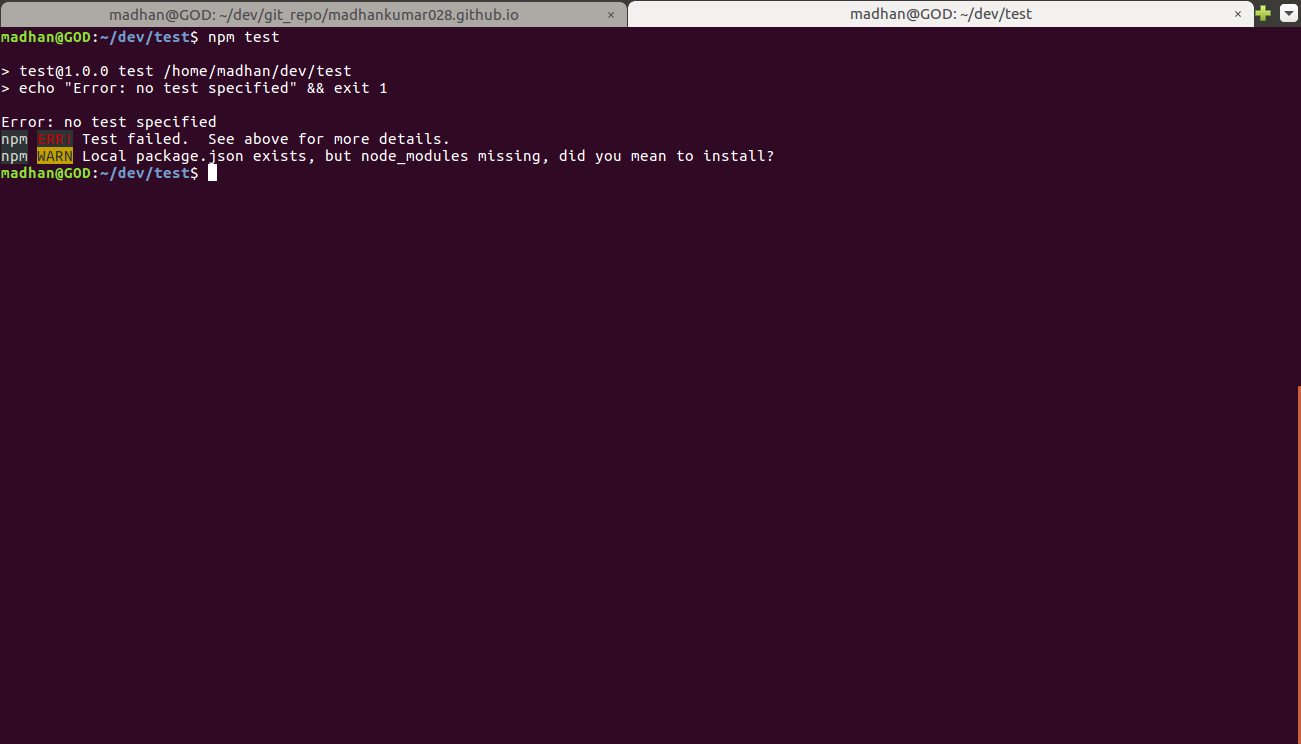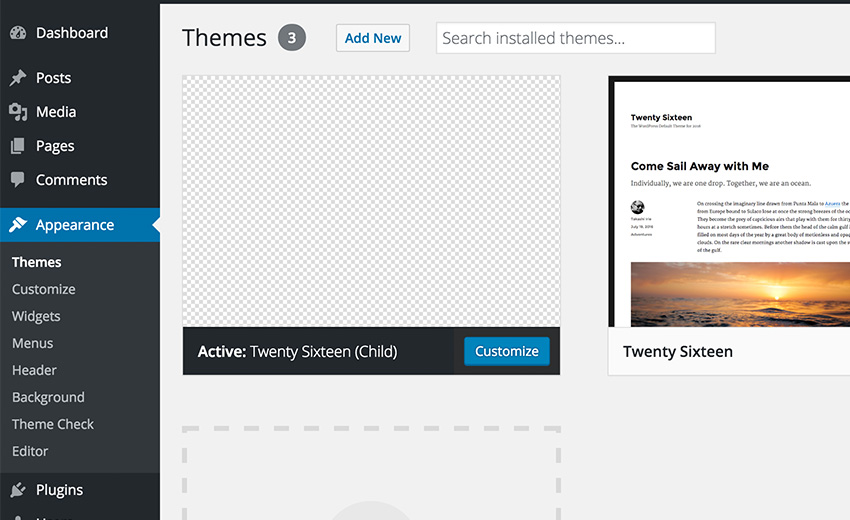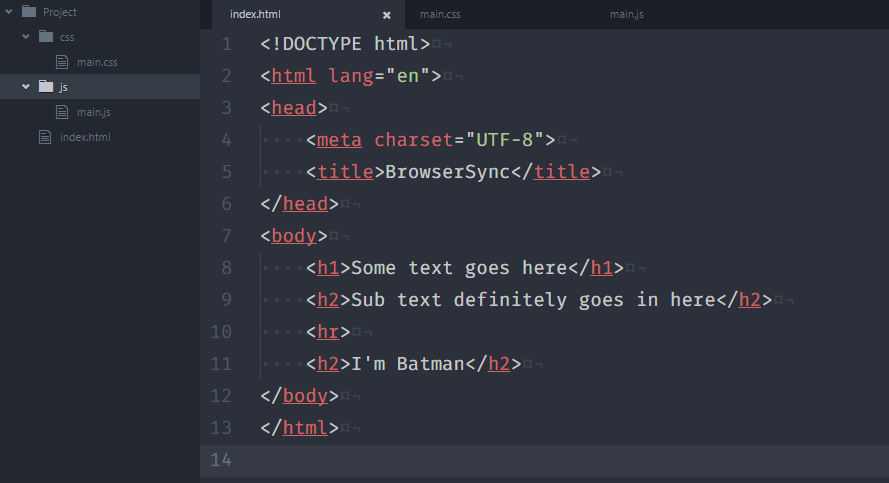It is possible to use React without any toolchain and integrate it directly into your existing website by using simple script tags. However, using toolchains will speed up your development, give you access to some additional features, and allow you to detect mistakes in your code. One popular tool for building new single page apps… Continue reading Learn React 18: Using CSS Modules
Tag: src
10 Best Free Open Source JavaScript Lightbox Widgets and Plugins
Images are crucial, whether you’re running an e-commerce or portfolio website. How many sales you make or new clients you get depends a lot on the quality of the images of your products and services that you can showcase through your images. So it makes sense to highlight your images with a lightbox. Lightboxes make… Continue reading 10 Best Free Open Source JavaScript Lightbox Widgets and Plugins
How to Customize an HTML Template
So you’ve just purchased an HTML template and now you have to customize it before it goes online. But you’re not experienced with code so you’re not sure how to go about it. Well, rest easy, because in this tutorial we’re going to step you through how to edit a HTML template. We’re going to… Continue reading How to Customize an HTML Template
The Complete Guide to Web Fonts in Email
When is a web font not a web font? When it’s an email font! In this tutorial I’ll walk you through implementing web fonts into your email campaigns. Web Fonts and Web Safe Fonts Web-safe fonts, like Arial and Trebuchet, Times and Georgia, are installed on most operating systems. As such, these “system fonts” will… Continue reading The Complete Guide to Web Fonts in Email
How to Work With Regular Expressions in PHP
In this article, we’ll go through the PHP functions that allow you to use regular expressions to perform search and replace operations on strings. What Is a Regular Expression? Regular expressions—also called “regex”—are search patterns for text. These patterns can be processed by a regex engine to find substrings, validate that a string matches a… Continue reading How to Work With Regular Expressions in PHP
How to Use Color Fonts on the Web
Every web designer knows how to set a font’s color, right? It’s one of the first things we do when we begin learning CSS. We choose a color, and then we use styles to set it, like color: blue; or color: purple;, so all the glyphs in our chosen font turn that color, and only… Continue reading How to Use Color Fonts on the Web
How to Autoload Classes With Composer in PHP
In this article, we’ll discuss the basics of autoloading in PHP and how to autoload PHP classes with Composer. I’ll explain why autoloading is so important and show you how to use Composer for autoloading step by step. I’ll also explain the difference between the different kinds of autoloading in Composer. Why Do We Need… Continue reading How to Autoload Classes With Composer in PHP
How to Self-Host Google Fonts on Your Own Server
As web designers living in the era of high-speed internet, we have picked up the habit of adding external dependencies such as fonts from third-party servers, most frequently from content delivery networks (CDNs). However, this is not always the best decision. Sometimes, it’s still better to stick to your own infrastructure and host your assets… Continue reading How to Self-Host Google Fonts on Your Own Server
Getting Started with Yoga and Prisma for Building GraphQL Servers ― Scotch
By now, you have probably heard a lot of buzz about GraphQL going around and how it’s going to replace REST but you don’t even know where to begin. You hear a lot of buzzwords about mutations and queries but what you’re used to is GET and POST requests on your different endpoints to fetch… Continue reading Getting Started with Yoga and Prisma for Building GraphQL Servers ― Scotch
Simple Bootstrap Powered Login and Signup Form
These days, the bulk of the traffic to websites originates from devices other than desktops. A small portion of it is from laptops but the major portion is from mobile devices of various screen sizes. Gone are the days when businesses used to create separate desktop and mobile versions. In addition to being cost inefficient,… Continue reading Simple Bootstrap Powered Login and Signup Form
How to Change the Background Color of a Button on Mouse Click When Using jQuery
In this article am going to illustrate how you can change the background color of a button after it has been clicked when using jQuery. This kind of functionality makes a website or web application more responsive and interactive with the user especially when you have many buttons or links and you want your users… Continue reading How to Change the Background Color of a Button on Mouse Click When Using jQuery
How to Build a Chrome Extension
Google Chrome is the most popular browser on the planet. You use it, your mom uses it, your cat uses it. Sure, it’s got quirks and problems. But if you want to reach a large audience, designing a Google Chrome extension isn’t a bad way to do it. Fortunately, it’s pretty easy to build a… Continue reading How to Build a Chrome Extension
Creating GraphQL Subscriptions in Express ― Scotch
Introduction This section focuses on creating realtime applications using GraphQL, and the best way to achieve that is through subscriptions. The code in this section is a continuation of Part 1 of this series, and I would advise going through it before moving forward. This is a critical and essential part to future implementation of… Continue reading Creating GraphQL Subscriptions in Express ― Scotch
Using npm as a Build Tool
Related Course Build Your First Node.js Website Node is a powerful tool to get JavaScript on the server. Use Node to build a great website. Get Started Every developer will love this saying “It is hard to build a software without using a build tool.” To get rid of the repetitive tasks, we are using… Continue reading Using npm as a Build Tool
Google Cloud Platform III: Handling Sensitive Data In A Docker Application with Kubernetes Secrets
Related Course Build Your First Node.js Website Node is a powerful tool to get JavaScript on the server. Use Node to build a great website. Get Started Every now and then, applications require sensitive data such as passwords, database credentials, tokens and keys. Just like we did when continuously deploying our Docker app to Google… Continue reading Google Cloud Platform III: Handling Sensitive Data In A Docker Application with Kubernetes Secrets
Bookshop With React & Redux II: Async Requests With Thunks
Previously, we got ourselves started with React with Redux fundamentals and touched all the core concepts of Redux including Actions, Reducers and Stores. We also had a look at the features of React-Redux library including connect and Provider. What we can do now is move further to complexity and reality by fleshing out the application… Continue reading Bookshop With React & Redux II: Async Requests With Thunks
Applying artistic facial effects to images on the fly
Ever wished you could add snapchat like effects on your images? Good news is, you actually don’t need extensive training or specific face detection skills to get started. All you need is Cloudinary. Cloudinary is a cloud-based image management solution that gives you the power to upload, store, manipulate, optimize and deliver images. It also… Continue reading Applying artistic facial effects to images on the fly
Build a Bookshop with React & Redux I: React Redux Flow
At some point in your complex React project, you are going to need a state management library. Redux is a good choice because of it’s simplicity and centralized data management. This piece is a practical approach to the fundamentals of Redux in building React application for managing a book store. If you are unfamiliar with… Continue reading Build a Bookshop with React & Redux I: React Redux Flow
How to Build a News Website Layout with Flexbox
What You’ll Be Creating It’s not necessary to understand every aspect of Flexbox before you can jump in and get started. In this tutorial, we’re going to introduce a few features of Flexbox whilst designing a “news layout” like the one you can find on The Guardian. The reason we’re using Flexbox is that it… Continue reading How to Build a News Website Layout with Flexbox
How to Integrate SmoothState.js Into a WordPress Theme
In our previous tutorial, we used the History Web API within a static site to serve smooth page transitions. In this tutorial we’re going to take things to the next level, by applying what we learned in a WordPress website. There’ll be one crucial difference; we’ll leverage SmoothState.js instead of building our own from scratch. SmoothState.js will: Request pages asynchronously (AJAX) and… Continue reading How to Integrate SmoothState.js Into a WordPress Theme
Using Let's Encrypt SSL With Your WordPress Project
What’s Let’s Encrypt? For years, purchasing, renewing, installing and managing SSL certificates overwhelmed me with expense and complexity. Now, Let’s Encrypt makes it fairly simple and free. Let’s Encrypt is an emerging, free, automated, and open certificate authority brought to you by a California public benefit corporation called the Internet Security Research Group—it also has nonprofit status. Its… Continue reading Using Let's Encrypt SSL With Your WordPress Project
Kick-Start WordPress Development With Twig: Timber Image, Menu, and User
By now you have read about the basic concepts of using Twig through Timber, while building a modular WordPress theme. We’ve also studied block nesting and multiple inheritance with Twig, based on the DRY principle. Today, we are going to explore how to display attachment images, WordPress menus, and users in a theme with Twig… Continue reading Kick-Start WordPress Development With Twig: Timber Image, Menu, and User
Testing and Dependency Injection With Model View Presenter on Android
We explored the concepts of the Model View Presenter pattern in the first part of this series and we implemented our own version of the pattern in the second part. It’s now time to dig a little deeper. In this tutorial, we focus on the following topics: setting up the test environment and writing unit tests for the… Continue reading Testing and Dependency Injection With Model View Presenter on Android
How to Use BrowserSync for Faster Development
BrowserSync is an automation tool that makes web development faster. In the past we’ve automated a lot of actions like compilation of SASS files, image compression etc. BrowserSync brings a whole new type of automation to the table with batteries included. BrowserSync makes your tweaking and testing faster by synchronizing file changes and interactions across… Continue reading How to Use BrowserSync for Faster Development
